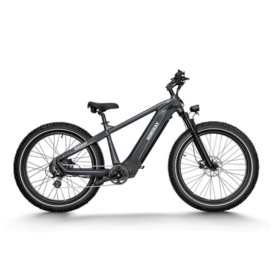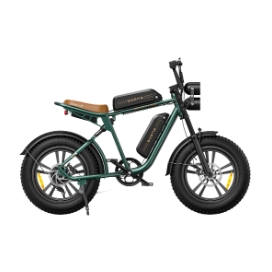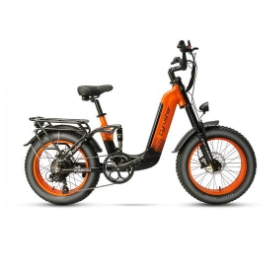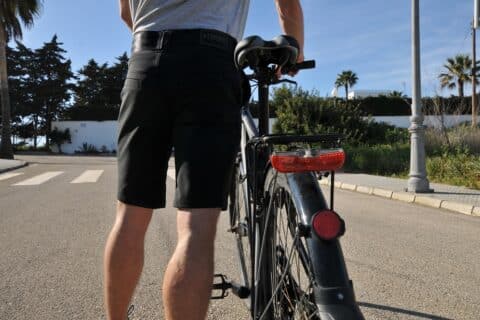
Popular searches:
Why Get an Electric Fat Bike
Electric fat bikes combine the versatility and durability of fat bikes with the assistance of an electric motor, offering a multitude of benefits. With their wide tires, they are perfectly suited for a variety of terrains, providing exceptional traction on loose surfaces like sand, snow, or mud. The large tire surface area enhances stability and comfort, absorbing shock from rough terrains, which makes fat biking a good option for low-impact exercise. Moreover, the electric motor aids in maintaining a consistent speed, and allows for extended range, making longer journeys and uphill climbs more manageable and enjoyable.
In addition to the physical benefits, electric fat bikes are environmentally friendly, producing zero emissions and using less energy than motor vehicles. The added power from the electric motor can also enhance safety by facilitating quick acceleration out of potentially dangerous situations. Ultimately, an electric fat bike is an investment in versatility, comfort, exercise, and environmental sustainability, offering a fun and adventurous mode of transportation that’s accessible to a broad range of users.
-

Himiway Zebra
Best overall
-

Engwe M20
Budget pick
-

Cyrusher Kommoda
Mobility for all ages
Fat E-Bike Pros + Cons
| Pros | Cons |
|---|---|
| All-Terrain Versatility: The wide tires of fat bikes provide excellent traction and control on various terrains, including snow, sand, mud, and gravel. | Weight: Fat bikes are generally heavier than standard bikes because of the added weight of the larger tires and rims, which can make them harder to transport or manually pedal without assistance. |
| Increased Stability: The broader contact surface of fat tires offers better stability and balance, making them suitable for novice riders or challenging terrains. | Increased Drag: The wide tires create more rolling resistance, which can reduce speed and make pedaling more challenging without electric assistance. |
| Comfortable Ride: Fat tires absorb bumps and shocks effectively, leading to a smoother, more comfortable ride, especially on uneven paths. | Maintenance: Fat tires may require more maintenance, such as frequent pressure checks and adjustments, due to their size and the various terrains they are used on. |
| Seasonal Flexibility: Fat bikes perform well all year round, not being limited by seasons. They can handle snowy winters and sandy summers equally well. | Cost: Fat bikes, particularly electric ones, can be more expensive than regular bicycles or electric bikes with standard tires. |
| Health and Fitness: The increased resistance due to wider tires can offer a better workout when used without electric assistance. |
Limited Use in Urban Settings: While they excel in off-road and challenging terrains, fat bikes may be overkill for urban environments with well-paved roads. Their wide tires can also make them less maneuverable in crowded city settings. |
More Commuter E-Bike Options:





